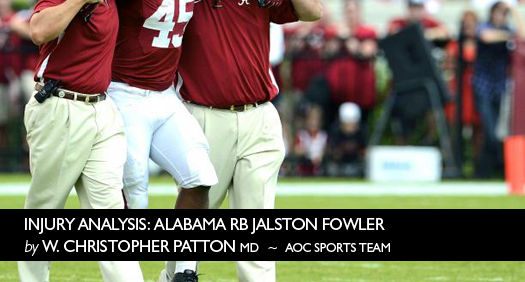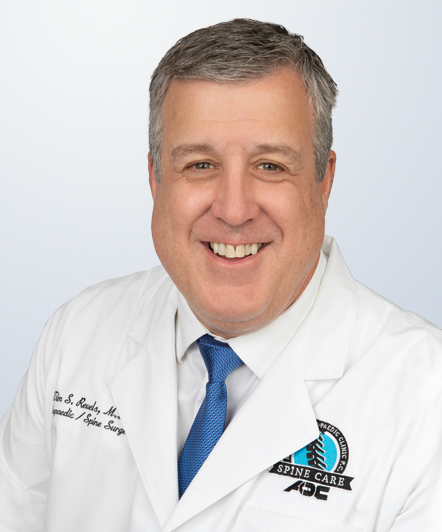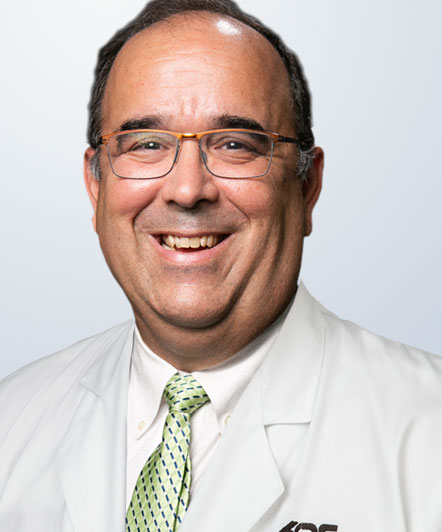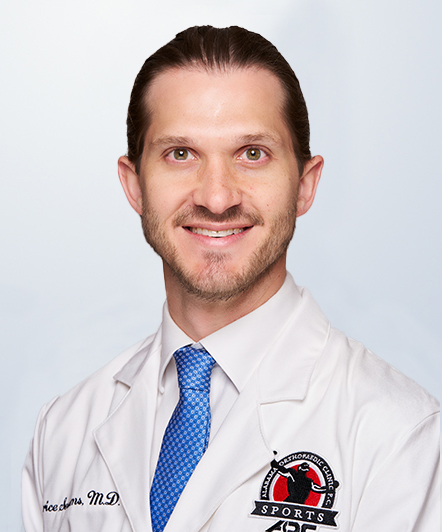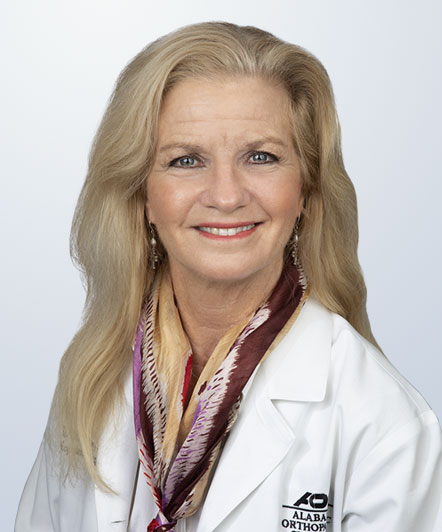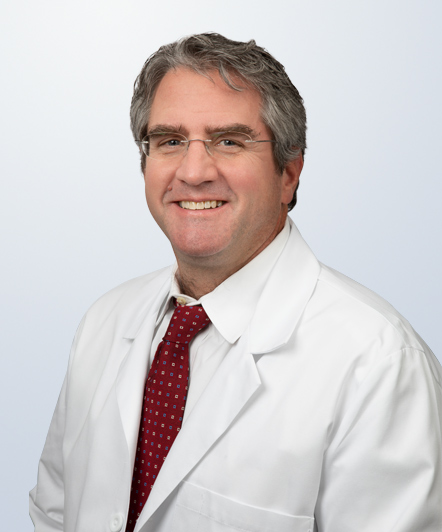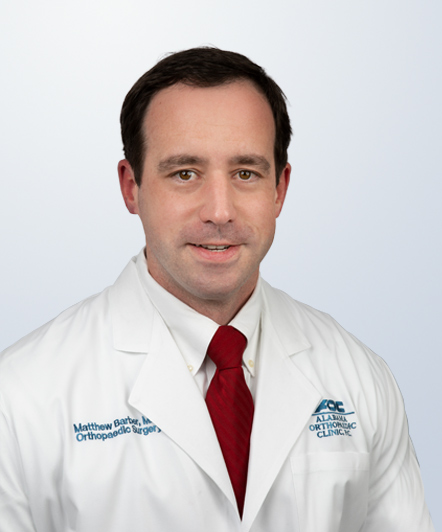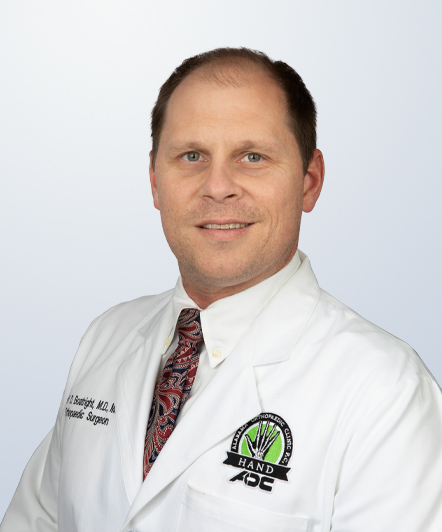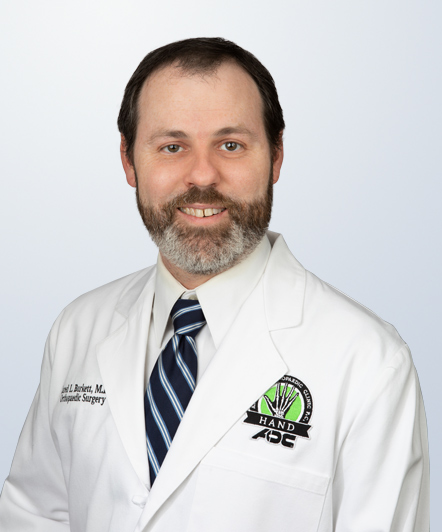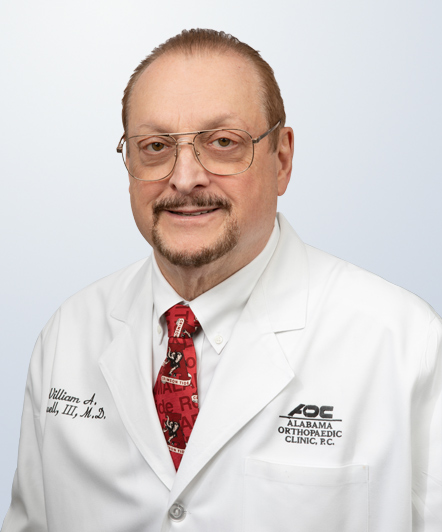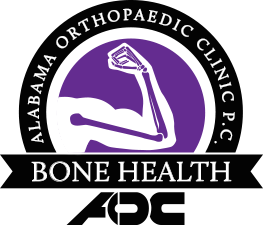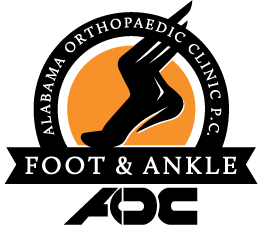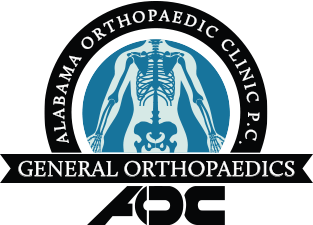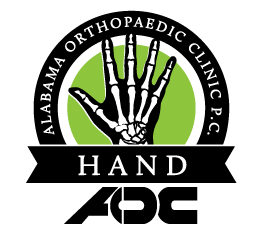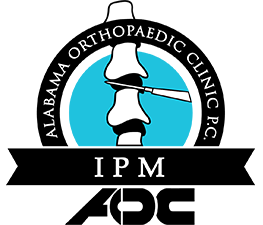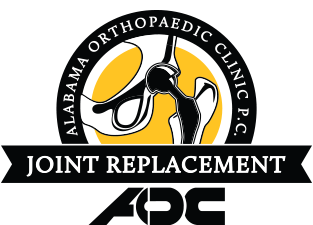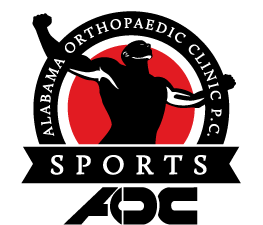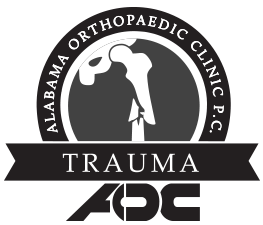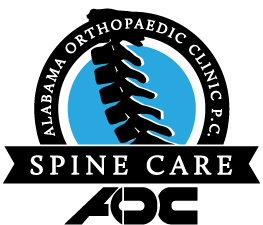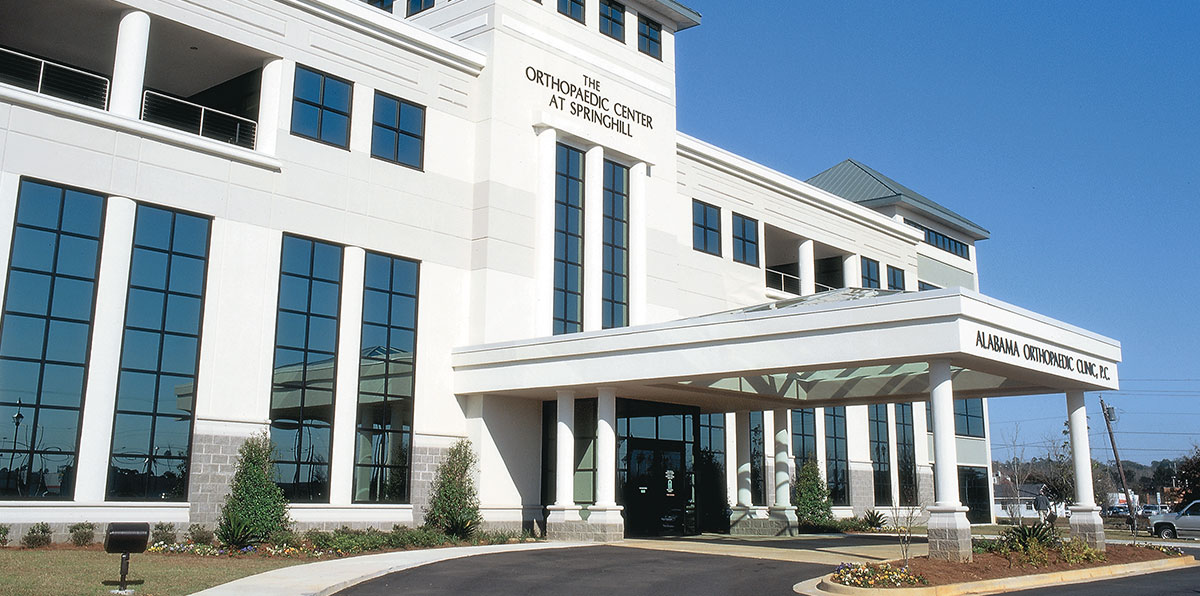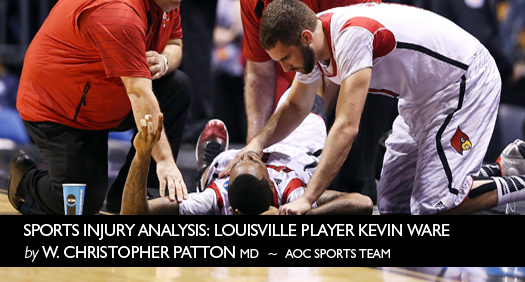
Did you see the Gruesome injury sustained by Kevin Ware? Pitino said “it was as bad as I’ve ever been.” Ware was taken to the Methodist Hospital, which is two miles away from the arena. He had surgery later Sunday night and will remain in Indianapolis for at least two days.
The open (compound) tibia fracture sustained by Ware is a serious injury with several possible short term and long term complications. Placing a rod into the bone to stabilize and realign it is the preferred method, if possible. Infection is one of the main concerns given the fact that the bone broke through the skin. Open tibia fracture can potentially take months to heal. However, return to basketball is possible.
We will keep up with Kevin’s healing progress and we hope this young athlete has a full recovery and is quickly back on the court competing at a high level again soon.
Click her for complete article, Louisville’s Kevin Ware suffers gruesome broken leg by Jeff Goodman
